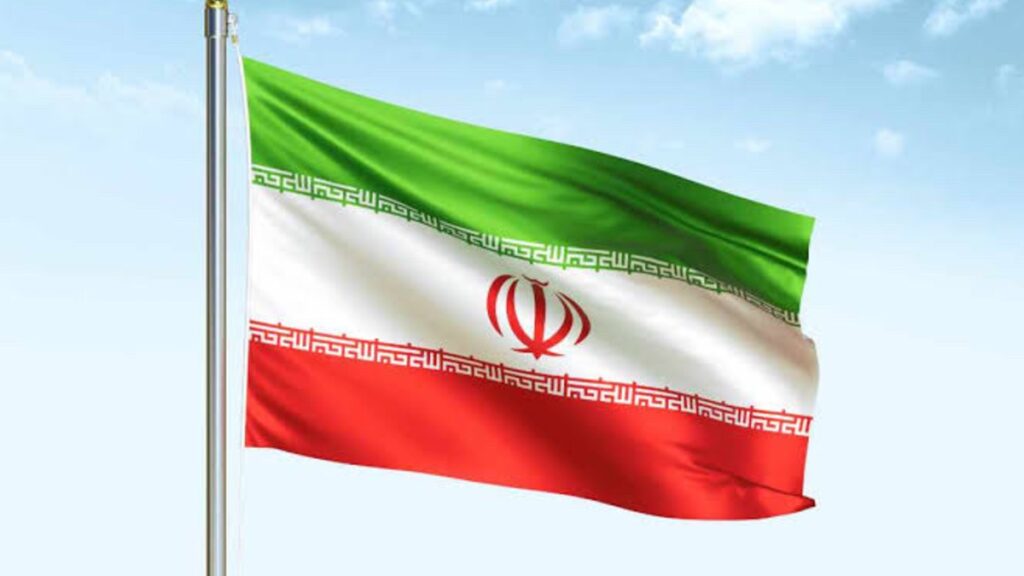The digital rial, which will allow banking clients to conduct cashless transactions, is about to undergo experimental testing by Iran’s central bank.

In an effort to modernize and streamline domestic transactions, the Central Bank of Iran (CBI), often referred to as Bank Markazi, has declared the start of the operational phase of its digital currency, known as digital rial.
The central bank states that the trial program, which will enable banking clients and visitors on Kish Island to purchase and transfer money using digital wallets and QR codes, is scheduled for July in a press statement.
According to the CBI, the digital rial will improve the region’s payment infrastructure’s efficiency and robustness, resulting in “new business models, particularly in e-commerce and the digital economy.” Since June 2023, the Iranian Central Bank has conducted restricted pilot tests of their digital money after the tests began in 2022.
“Not only does it increase payment security, but it is also much simpler than traditional card payment methods,” according to the CBI, which controls its digital currency.
In February, a network of organizations was subject to penalties by the Office of Foreign Assets Control (OFAC) of the U.S. Department of Treasury for allegedly aiding in the “illegal export of goods and technology from over two dozen U.S. companies to end-users in Iran.”
The Central Bank of Iran subsidiary Informatics Services Corporation (ISC), based in Iran, which was in charge of creating the central bank’s digital currency (CBDC) platform, was one of those sanctioned.
For having “materially assisted, sponsored, or provided financial, material, or technological support for, or goods or services to or in support” of CBI, ISC was sanctioned, according to OFAC. ISC started developing the digital currency in 2018 by utilizing Hyperledger Fabric, a blockchain platform managed by the Linux Foundation.
